WHAT IS THE SMALLEST THING ALIVE?
What is the smallest thing alive?
To answer this question, we have to first know what life is. How did it come about? What does it take for an object to qualify and gain the right to be called alive? To answer these questions, we have to look at the characteristics of living things.
Movement, reproduction, nutrition, irritability, growth, excretion, respiration and death. These different characteristics qualify an organism to be alive and the smallest organism known to have met these qualities is called the Cell. The cell is unique in the sense that it is that living thing that combines with lots of its kind to create another living thing.
The cell is the smallest unit of life. Every single living organism was made from the combination of trillions of cells all working together to keep them alive.
INSIDE THE CELL
So what makes it work? What are the very first organelles that network to bring forth life? Taking a look at cell biology in this article, you will find out how cells work. With that being said, let’s start off from the Cytoplasm.
The Cytoplasm is a collection of the organelles that function outside the nucleus, the cytoplasm of the cell also houses the cytosol and the cytoskeleton and is inside the plasma membrane.
The plasma membrane severs a very important container, separating the inside of the cell from the outside and producing biomolecules. It is mostly located in the cell wall – the boundary of the cell.
Just like the human body needs different organs to survive, cells also do. To understand this topic better, I will compare most of the organs that the cell has to the ones that help to keep us alive. That way you would be able to tell that they are not so different.
CLASSIFICATION OF LIVING THINGS
Living things are classified under Unicellular and multicellular.
- All living things must have cells
- Living things are either unicellular (having only one cell) for example bacteria or multicellular (having more than one cell) e.g. plants and animals.
TYPES OF CELLS
Cells must have emerged for the first time 3.5 billion years ago and since then there have been two known types of cells;
Eukaryotic cells and Prokaryotic cells
Prokaryotic Cells
They were the very first living things that appeared on earth and are known for their self-sustainability. These cells are very simple cells compared to the eukaryotic cells. They are smaller and have no nucleus. The DNA of a cell usually resides in the nucleus of the cell but in the case of the prokaryotic cell, it's DNA is characterized by a single chromosome and as a result is in direct contact with the cytoplasm. This particular cell can only give rise to two of the three domains of lives, bacteria and Archana.
Eukaryotic Cells
This cell type is responsible for the rise of plants, animals, fungi, slime and algae. It has to go through more complex biological processes to survive. The Eukaryotic cell is about 20 times wider than the prokaryotic cell and it is also about a thousand times more voluminous.
In the cell wall, the plasma membrane houses all of its metabolic processes. It has a nucleus that translates coded DNA instructions.
These type of cells also possess cell membrane which is not so different from the prokaryotic cell. Their DNA can be organized in more than one chromosome - which in partner with alkaline proteins found in the nucleus – they arrange in details the structural unit of the DNA.
Eukaryotic cells have cilia
This organelle deals with sensory awareness and activities which can be broken down into chemosensation, mechanosensation and thermosensation. The cilia, gotten from a Latin word meaning eyelash can be said to be the unit of sensory perception in living things.
The cell possesses a flagellum that aids its movement.
So we now know that both types of cells possess a membrane which aids to cover every edge of the cell. It is responsible for the permeability of certain properties like proteins and molecules, choosing what gets in or out and bounding all other organelles to the cytoplasm which is perhaps the biggest of all other organelles, its large volume takes up almost the entire room of the cell itself.
BACTERIA
Taking a look at the bacteria, one of the most simple, self-sustaining living organism that exists today. It is roughly 150 times smaller than the average human cell thus invisible until the microscope was invented. When bacteria get into our body, compared to our cells, they are like children playing around an Australian aeroplane.
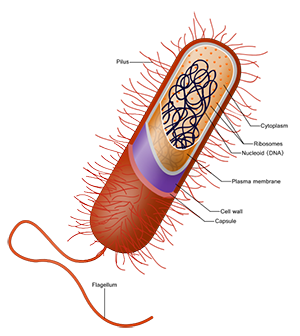
Prokaryotic Bacteria cell by Ali zifan with Creative Commons Attribution-Share Alike 4.0 International license.
Like most cells, the bacterium is enveloped completely by the plasma membrane which in turn holds the cytoplasm. In the bacteria, the cytoplasm is made up of roughly 70 percent fluid and 30 percent proteins like enzymes, amino acids and glucose molecules all created by the bacteria. In the centre of the bacterium, is a wrapped strand of DNA coded information, carrying the instructions for its biological processes for living things. The flagella of the bacterium stay outside the plasma membrane and is used for movement, human cells do not possess the ability to move around apart from sperm cells.
Human cells are very complex, far more complicated than the bacterium. Our cells simply possess more organelles, membranes and structures that make us who we are.
A single cell can be viewed as a complete organism, one that all it wants to do is survive and reproduce, for example, bacteria. It all makes sense, atoms are the unit of matter and cells the unit of life. Comparing the two, atoms are a lot smaller than cells but cells are also very tiny sometimes covering just about 0.4 – 0.6 micrometres in diameter.
ENZYMES
Enzymes are the real directors behind the scene. They are the ones that carry out all chemical processes in the cell. Cells generally possess thousands of different kinds of enzymes doing all the chemical work. It is important to cover the role of enzymes in the body of a cell because of the notorious work it does by setting the stage for all chemical reactions that can or should take place in a cell to increase its chances of survival. These chemical reactions constitute cell growth and reproduction, the enzymes help to arrange or separate biochemicals for a beneficial reaction.
Just like when you look at the properties of different forms of matter and recognize that they are only different and have such properties because of how the atoms are arranged, enzymes have the same character. Proteins in the form of amino acids being arranged by linking a series of hundreds of amino acids in a particular order so that any other arrangement will give the enzyme another function.
For example
"The sugar maltose is made from two glucose molecules bonded together. The enzyme maltase is shaped in such a way that it can break the bond and free the two glucose pieces. The only thing that maltase can do is break maltose molecules, but it can do it very rapidly and efficiently. Other types of enzymes can put atoms and molecules together. Breaking molecules apart and putting molecules together is what enzymes do, and there is a specific enzyme for each chemical reaction needed to make the cell work properly." – HowStuffWorks
Some cells possess an aggregate mass of 10^14 grams which equals to 8 million hydrogen atoms. Human cells usually possess a mass of 400 000 times bigger than the mass of an average bacterium even if the human cell is just about 20 wide.
The Somatic Cell
The cell is the primary functional unit in the system of every human, which means it’s an entirely, free-standing, working, living entity. Man as a multicellular being possesses diverse non-identical types of cells which together, work to sustain life. Components such as macronutrients (lipids, carbohydrates, proteins) water, electrolytes, micronutrients (minerals, vitamins) make up the non-cellular part of the human system. A tissue is an assemblage of cells that work together to execute the same task. A vast number of tissues collectively form an organ which carries out a particular function in the body of a human. Regardless of how structurally organized the human body is, all the diverse activities are dependent on individual cells, which are complex entities that make life possible.
Because human cells are so complex and needed in other to create complex animals like us; we go a little further to describe what goes one inside the small room or inside the cell. To do this we need to know and understand the following.
Endoplasmic Reticulum
This is an organelle that appears as some kind of tube-like membrane connected to aid the interaction of vesicles and tubules. It houses specific biological processes and separates them from the other part of the cell room until the chemical reactions are complete. This organelle always appears in two forms known as granular - very rough surface and agranular - very smooth.
The granular is responsible for isolating the chemical processes that usually involve enzymes and proteins. It is very important because of several ribosomes attached to the granular ER work on new proteins. This explains why the organelle has a rough surface.
Smooth granulates are totally free of ribosomes. It collaborates the metabolic processes in carbohydrates and lipids.
Golgi Apparatus
It can be argued that these first two organelles evolved at the same time, the reason for this suspicion is because, the task of the Golgi apparatus, a pile of many compressed vesicles, is not independent. The organelle receives vesicles from the endoplasmic reticulum and acts like a storage facility, keeping the vesicles and allowing them to synthesize; forming different substances required for the cell's survival.
Lysosomes
These organelles are brought forth by the Golgi apparatus. They come in different types, shapes and functions relative to the cell type. Their functions are very important because they contain enzymes, ones that are used to metabolize cell nutrition - much like what the enzymes in our saliva do. They also help to fight against other invading cells such as fungi or bacteria.
Mitochondria
This is like the energy generator of every eukaryotic cell. Its job in the cell is to metabolize nutrients produced from the cell and converted them to energy for the cell. It is also responsible for the production of Adenosine Triphosphate (ATP). The ATP is like a powerful battery that can be extracted from the cell and used for energy outside the cell.
A typical human cell comprises a nucleus and several other organelles such as the membranes, plasmas among others. The cell’s energy is made up of neurons, protons, and electrons. However, genetic scientists, have revealed that a vast majority of the cell is made up of something unknown. Something similar to dark matter and dark energy that dominates the universe. Our body is made up of trillions of cells.
What do you think you are made of? Who do you think you are?
REFERENCE
HEALTH HYPE | Human Cell Diagram, Parts, Pictures, Structure and Functions
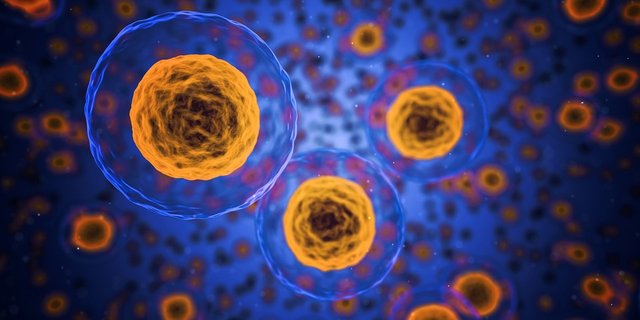
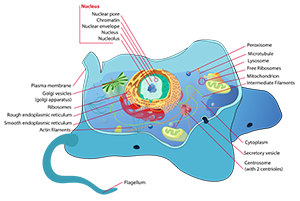
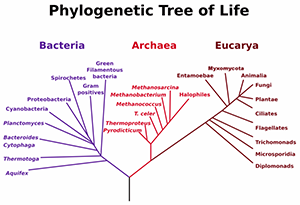
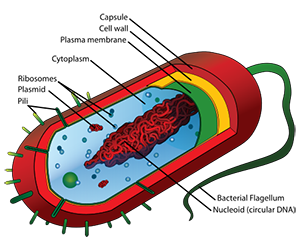
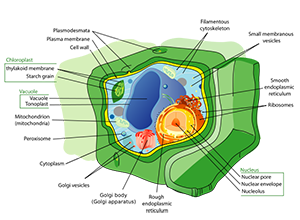
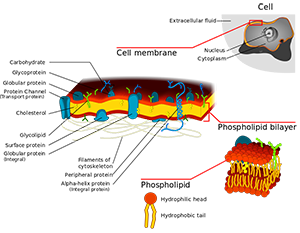
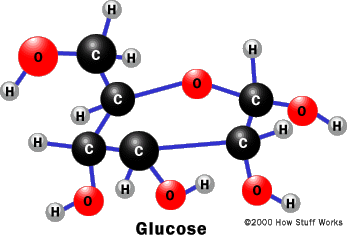
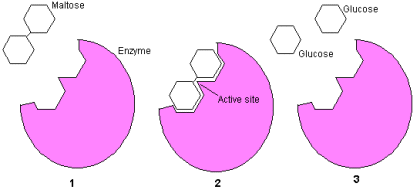

Nice one @agbona enjoyed throughout
Well, the basic unit which we are composed of is carbon hydrogen oxygen and nitrogen. The smallest thing alive could be a virus in the active form or to say a live organism it would be Mycoplasma sp.
Cheers
Interesting perspective I will say, but I can't deny the validity of your point.
Thanks for the insight.
Mehhnn.. That was some deep research you had to do. Really scholarly post there. Thumbs up man!
Really appreciate the feedback.
Thanks
This was a great explanation pal, with a beautiful formatting.
Its funny how we can find a post about the largest living organism (with turned out to be a worm measuring like 55 meters if I remember correctly) and later on find some good explanations of the smallest living organism :D!
We can certainly learn something new everyday in here thanks to steemit!
Cheers mate!
Wow! a worm measuring at 55 meters!? amazing!
Yeah, it is quite interesting finding two posts describing living things from both extremities. Makes for an intriguing read I suppose.
Thanks for stopping by
wow. 55 metres. is that a worm or a monster? ;-)
Probably a Wormster
Lol
I would say i guessed right... Cell is the smallest thing alive. Yeah i remember the somatic cells we named a boy after being taught in class.
I enjoyed every bit of it. Keep it up.
Thanks for the feedback
Interesting piece once again sir.
Many thanks